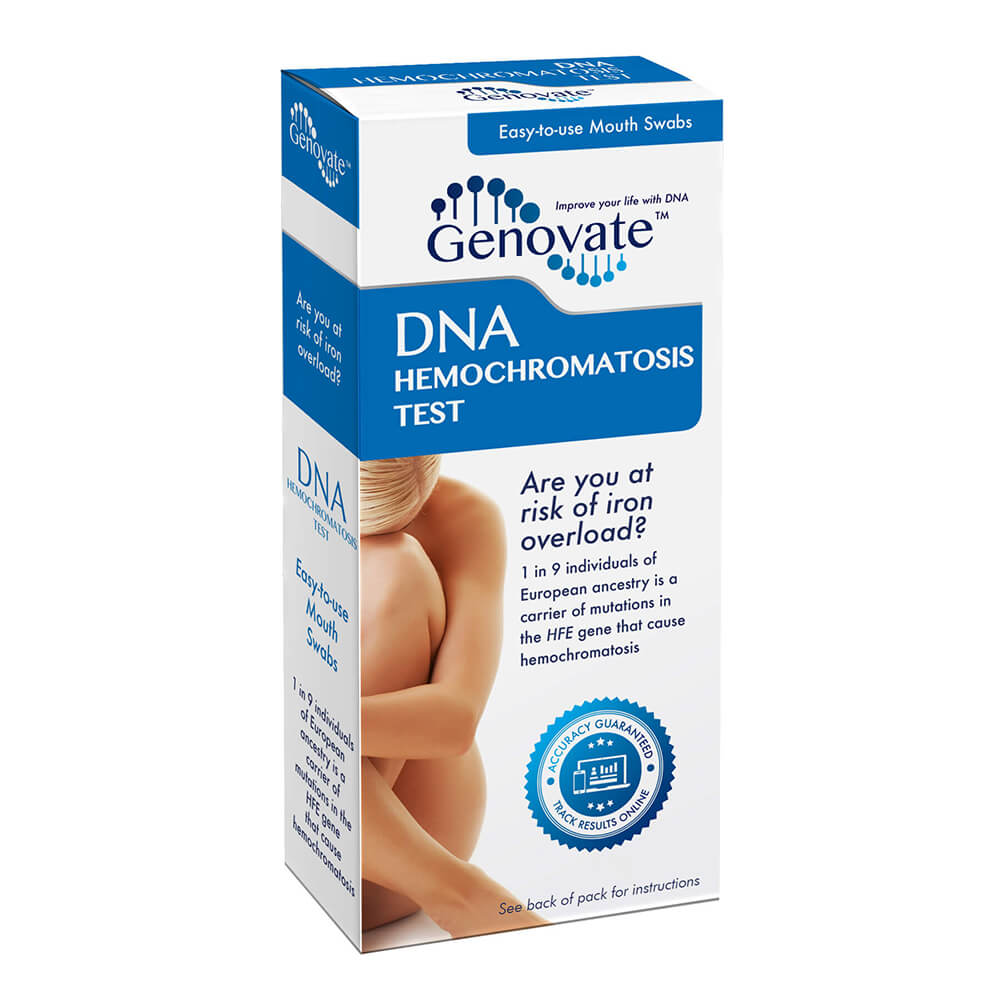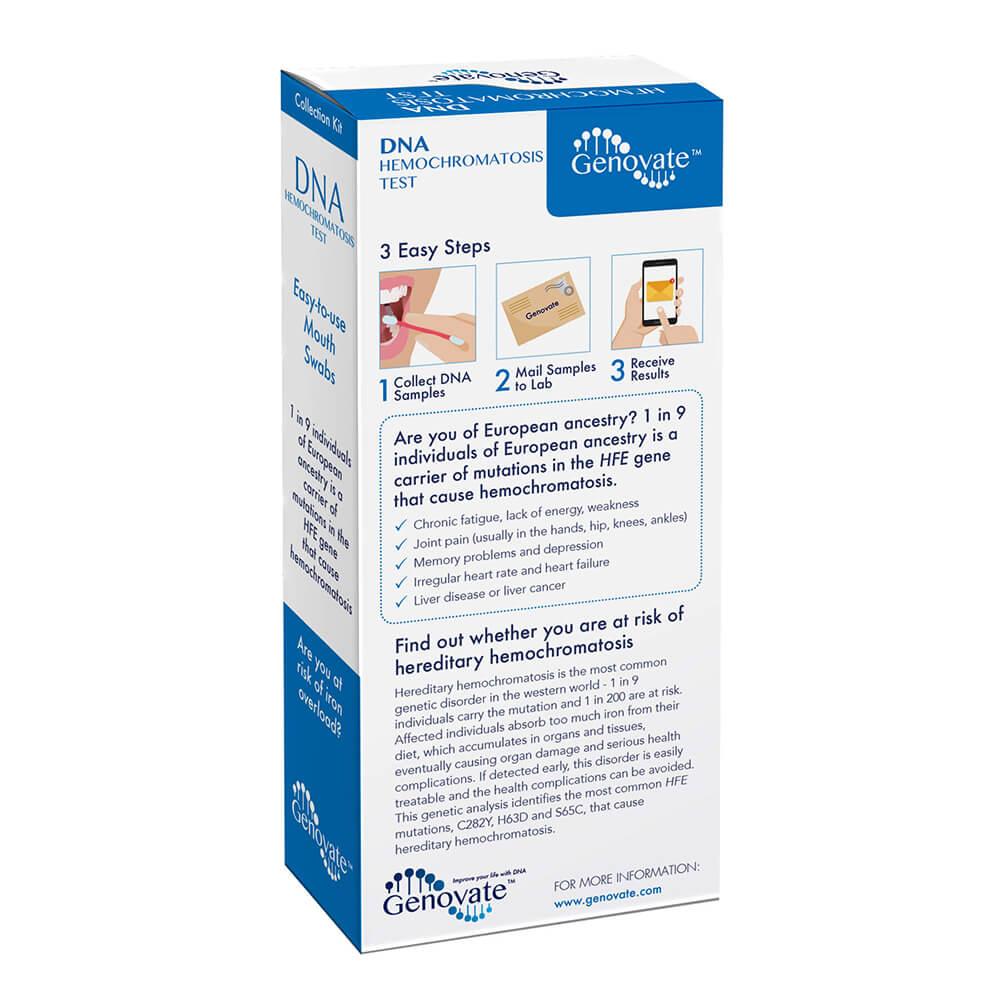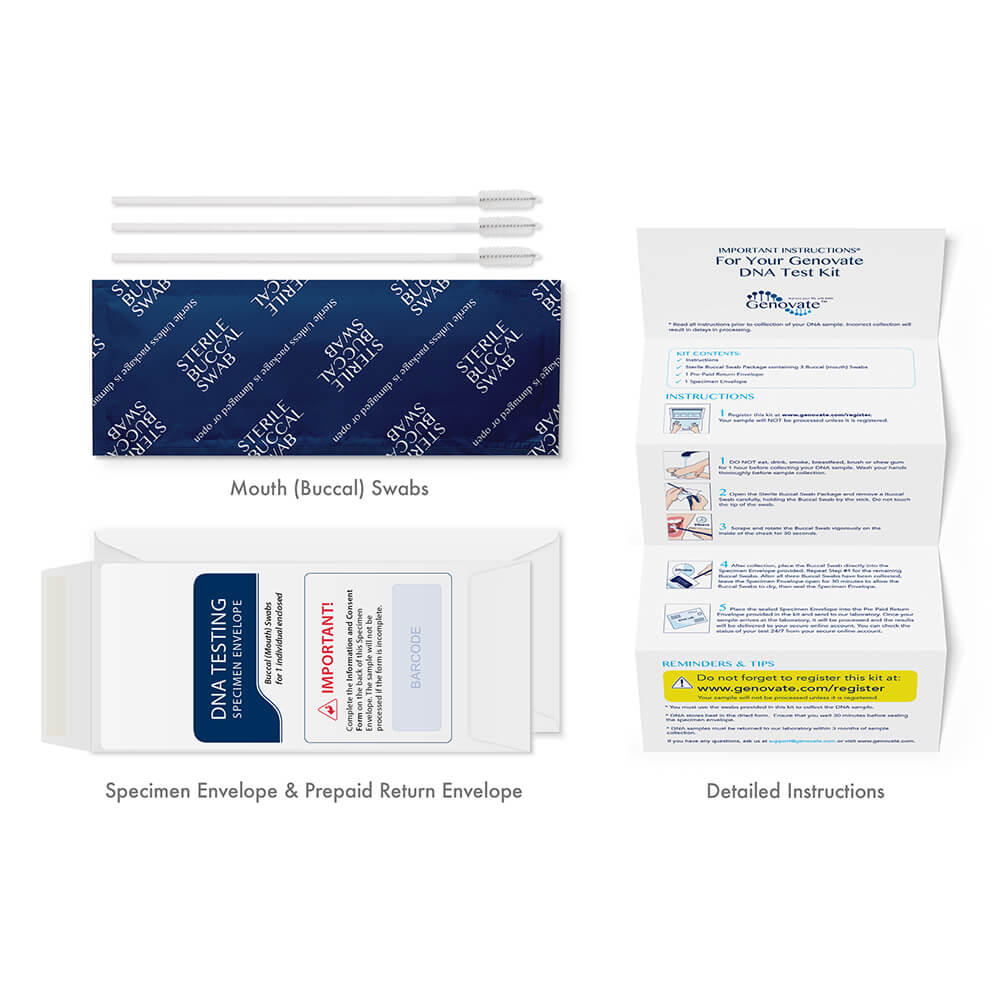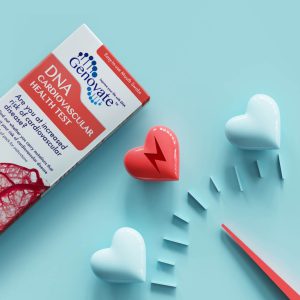
DNA Hemochromatosis Test
$195.00
By Genovate
Are you of European ancestry? Maybe you have descended from the Vikings? People of Viking ancestry are more likely to carry HFE mutations that increase the risk of hereditary hemochromatosis. Find out if you are at risk with this DNA test.
• Identifies the most common mutations in the HFE gene
• 1 in 9 people of European ancestry carry one HFE mutation
• 1 in 200 inherit two defective copies and are at higher risk of hemochromatosis
Detailed Description
Hereditary hemochromatosis is the most common genetic disorder in the western world. It’s a disease characterized by absorbing too much iron from the diet. This iron accumulates in organs and tissues, eventually causing organ damage and serious health complications.
While iron accumulates from a young age, the symptoms do not appear until later in life. On average, men develop symptoms between the ages of 30-50, compared to women who are diagnosed after 50, often 10-15 years after menopause.
If detected early, hemochromatosis is easily treated. Treatment includes blood removal every 2 – 4 months to remove excess iron. If a diagnosis is made at later stages after organ damage has occurred, the damages are irreversible.
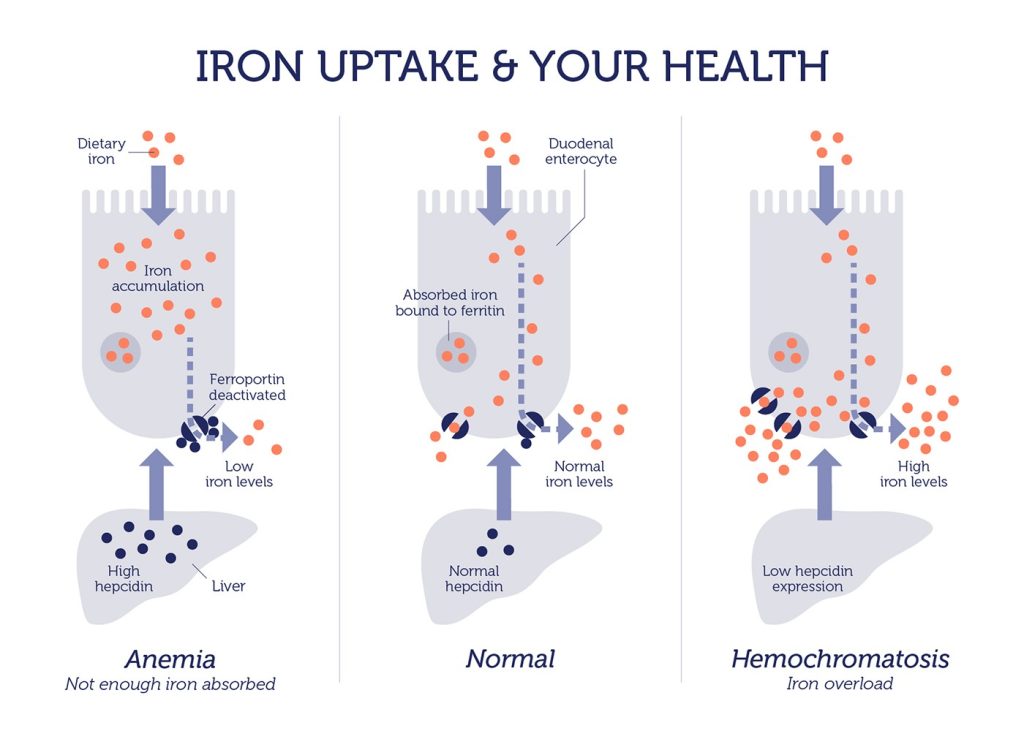
The Genetics
This DNA test identifies three specific changes in the HFE gene that are associated with an increased risk of hemochromatosis.
- C282Y
- H63D
- S65C
C282Y is the most common mutation, and is associated with the most severe symptoms. H63D and S65C are two other mutations that can increase the risk of hemochromatosis. However, often other precipitating factors (e.g. hepatitis or alcohol abuse) are also required before iron overload occurs.
Likelihood of symptoms:
To be at an increased risk of hemochromatosis, two defective copies of the HFE gene need to be inherited. Carriers, who have one normal and one defective HFE gene, are generally unaffected.
Although individuals who inherit two defective HFE genes are at increased risk of developing hemochromatosis, many will not show any disease symptoms. Additional modifying genes or other factors (e.g. alcohol abuse) are thought to contribute to the risk of hemochromatosis in genetically susceptible individuals.
Discover More
Hemochromatosis is hard to diagnose based on physical symptoms alone, because these symptoms are also seen in many other health conditions. Early symptoms include:
- Fatigue and weakness
- Characteristic “Iron Fist” (knuckle pain)
- Memory problems
- Depression
- Shortness of breath
- Heart flutters
- High blood sugar
- Low thyroid function
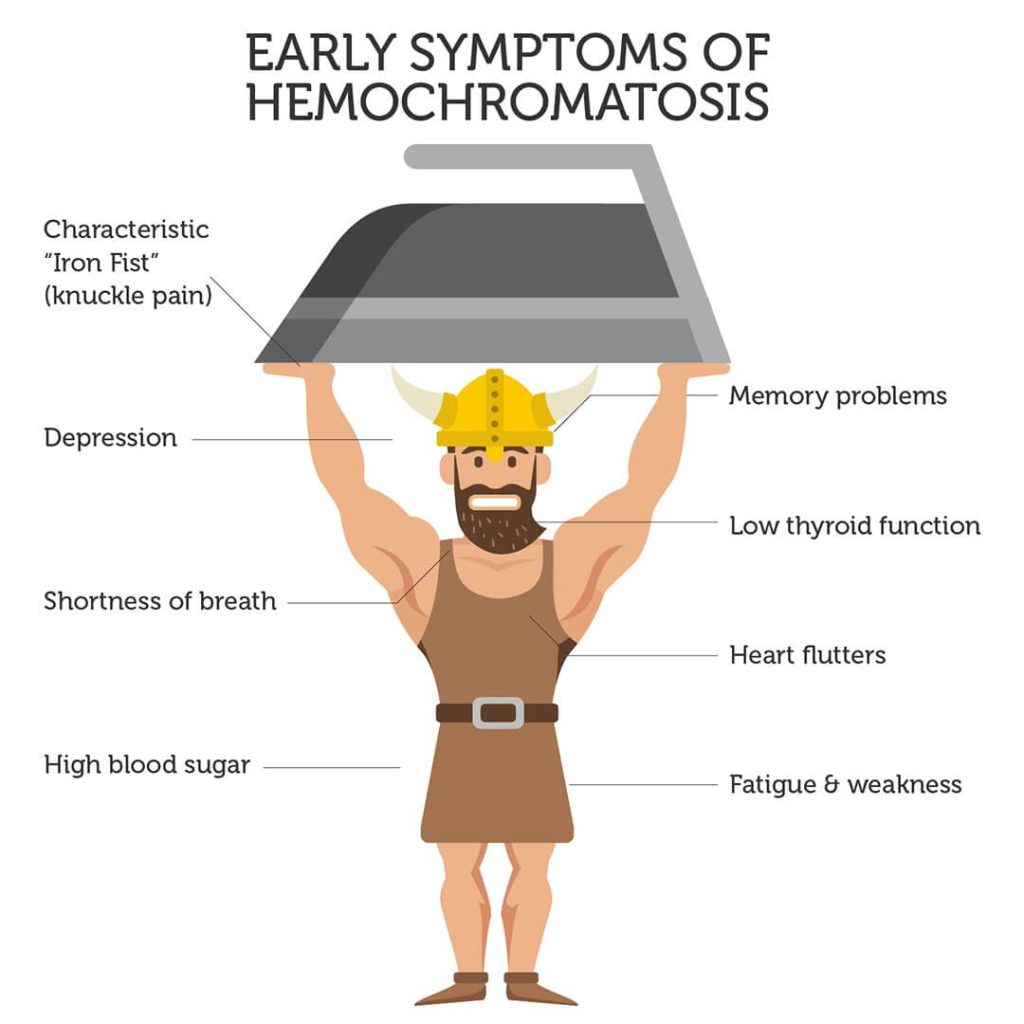
How it Works

ORDER YOUR KIT

COLLECT & SEND




